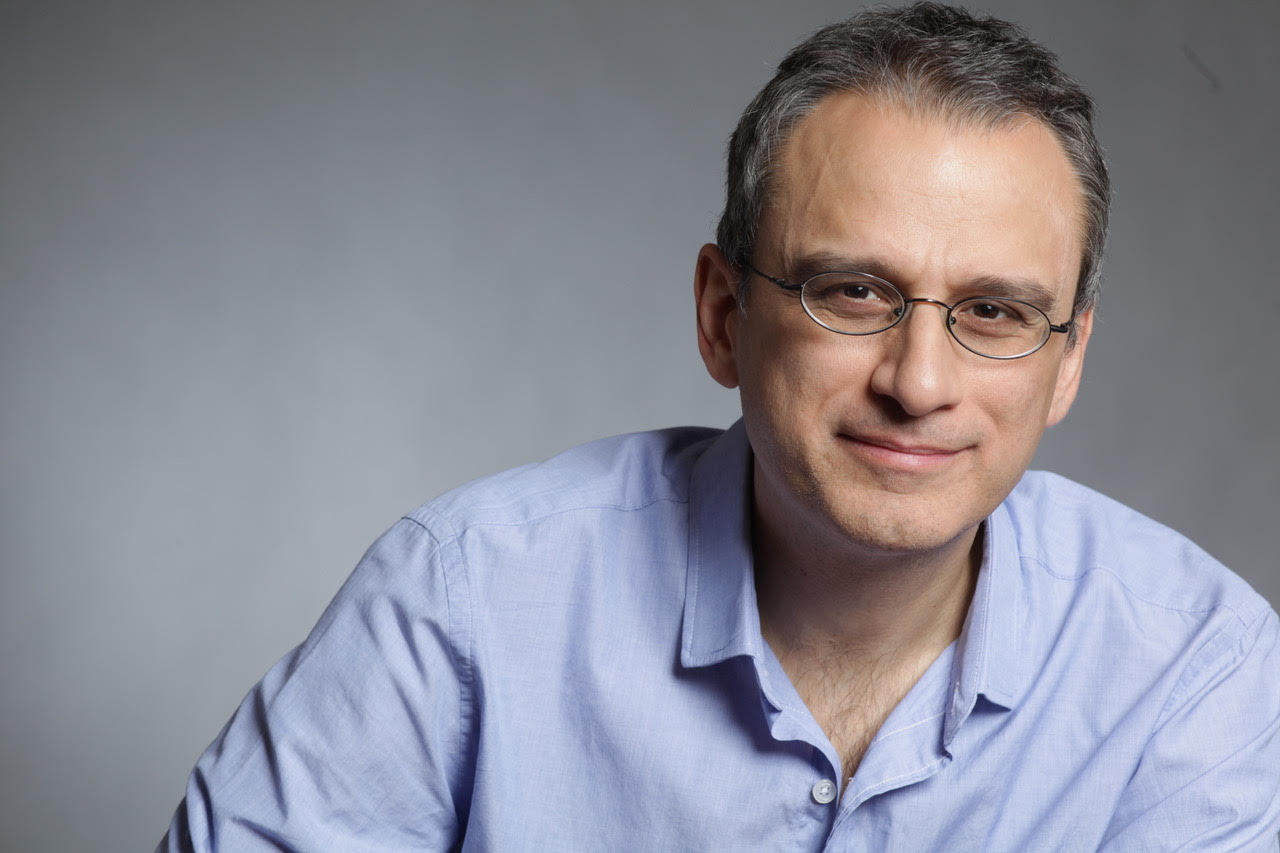“It has always been difficult to be an artist, but there are difficult things and others even more difficult.” Thus begins an essay that warns, among many other things, about how the digital economy threatens the life and work of musicians, writers or others in the visual arts.
Where before there were only museums, galleries, canvases or cinemas and theater, now there are screens, and some say that wherever there is a computer, there is a recording studio, where there is an iPhone, a movie camera, and wherever there is cheap production, free distribution. But how good is that?
We are in danger of making art something much more superficial, less profound and challenging »
WILLIAM DERESIEWICZ
The death of the artist. How creators struggle to survive in the age of billionaires and technology, is the last book of the American essayist and critic William Deresiewiczk, which responds to the doubts created around the new paradigm that is emerging in the digital age: What remains for humans if we let go of art? How do artists manage to earn a living today? Is art destined to disappear ?: «Art helps us to be more human. It makes us feel more vividly; deepens our understanding and connects us with others through bonds of empathy. I don’t think we are in danger of losing art altogether, but we are certainly in danger of turning art into something much more superficial, less profound, less challenging. We are facing an art that is easily consumable but hardly rooted in us », says the author in words for The Independent.
The work does not trace new formal paths or promote the birth of a new creative trend, but rather the opposite; It exposes the living conditions of the vast majority of artistic practices and confirms a reality: literature has died, painting has died, rock has died, and yet the artist has died.
Deresiewicz has published more than two hundred essays and reviews, and won the Hiett Prize in Humanities, the Bakalian Citation for Excellence in Criticism, and a Sydney award. Bestselling Author The excellent herd. How to Overcome the Gaps in Elite College Education, now brings to the table an important assessment of the state of the art economy in more than half a century.
The death of the artist is an essay on the crisis facing art and artists in a digitized society with free access to a lot of content and artistic products for which, every time, people want to pay less, thus neglecting the work and effort they require: « the great economic problem for artists today is the Internet. The main technological platforms have reduced the price of their digital content to zero or nothing. The audience appreciates it in the first instance but does not realize that being able to listen to music or watch movies for free also has a price that the artists themselves end up paying. The less money there is in the arts in general, the more they will be rich child’s play. ‘
It is a good time to be an amateur artist but not to be a real artist »
william deresiewicz
But the work also delves into the solutions that exist so that art and artists do not die forever and gain a sustainable niche in the midst of so much technology: “if you ask me if it is a good time to be an artist, I would say: yes and no. Mostly not. It is true that people now have many more tools to create, but at the same time, and for the same reason, it is much more difficult to get recognized. It is a good time for amateur artists but not for professionals, those serious ones who work full time and dedicate their lives to art. For these, the solution is an organization that solves the economy of art; that happens first to amend the whole economy in general.
